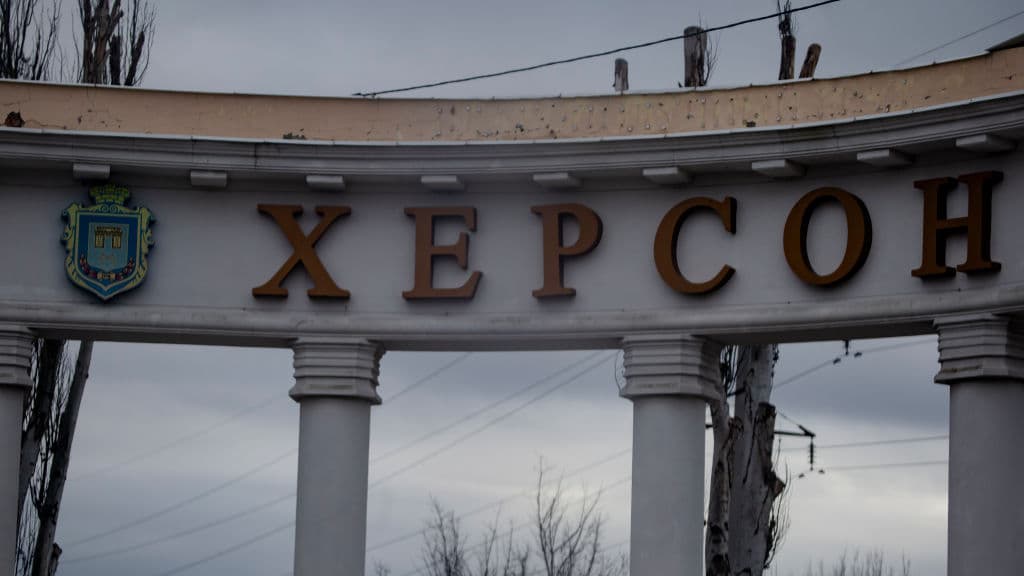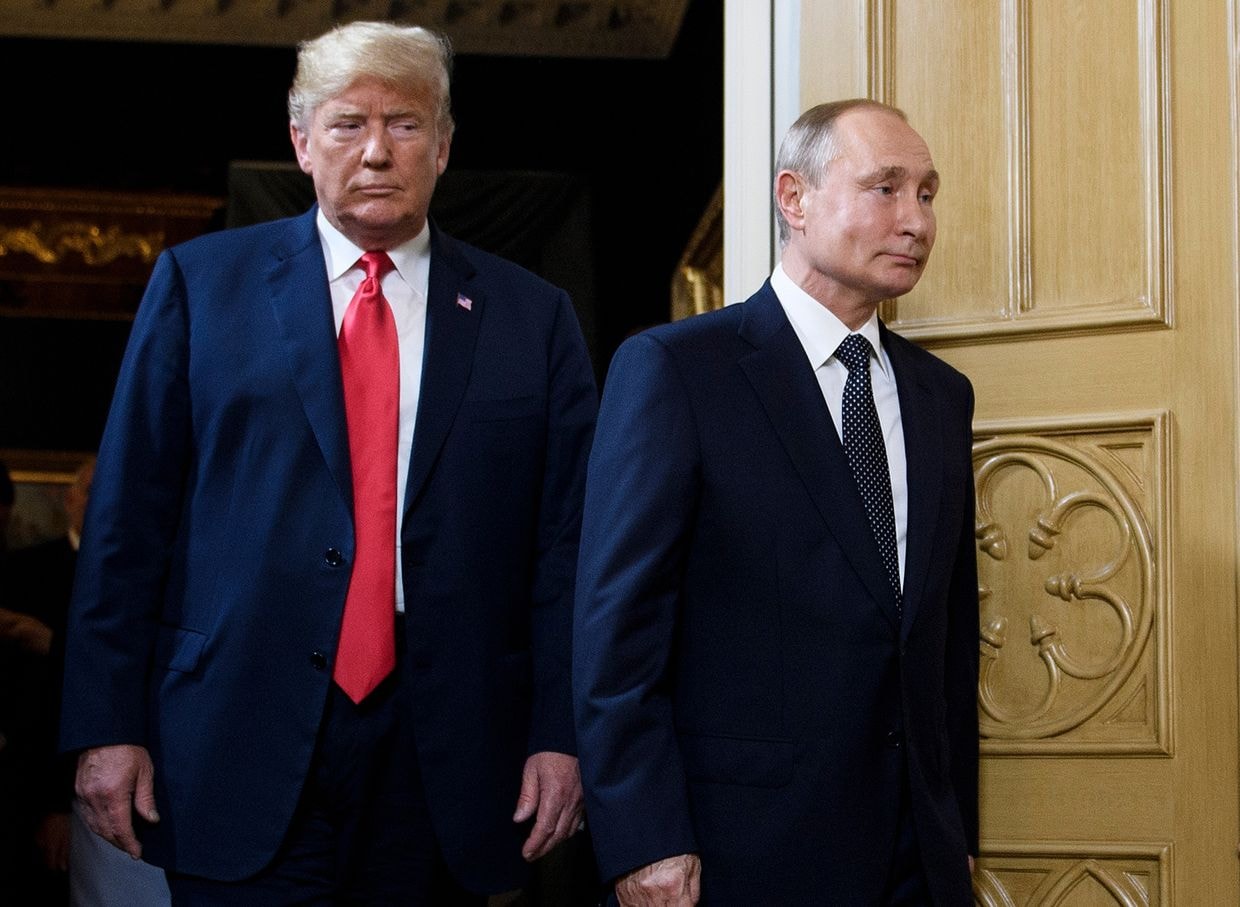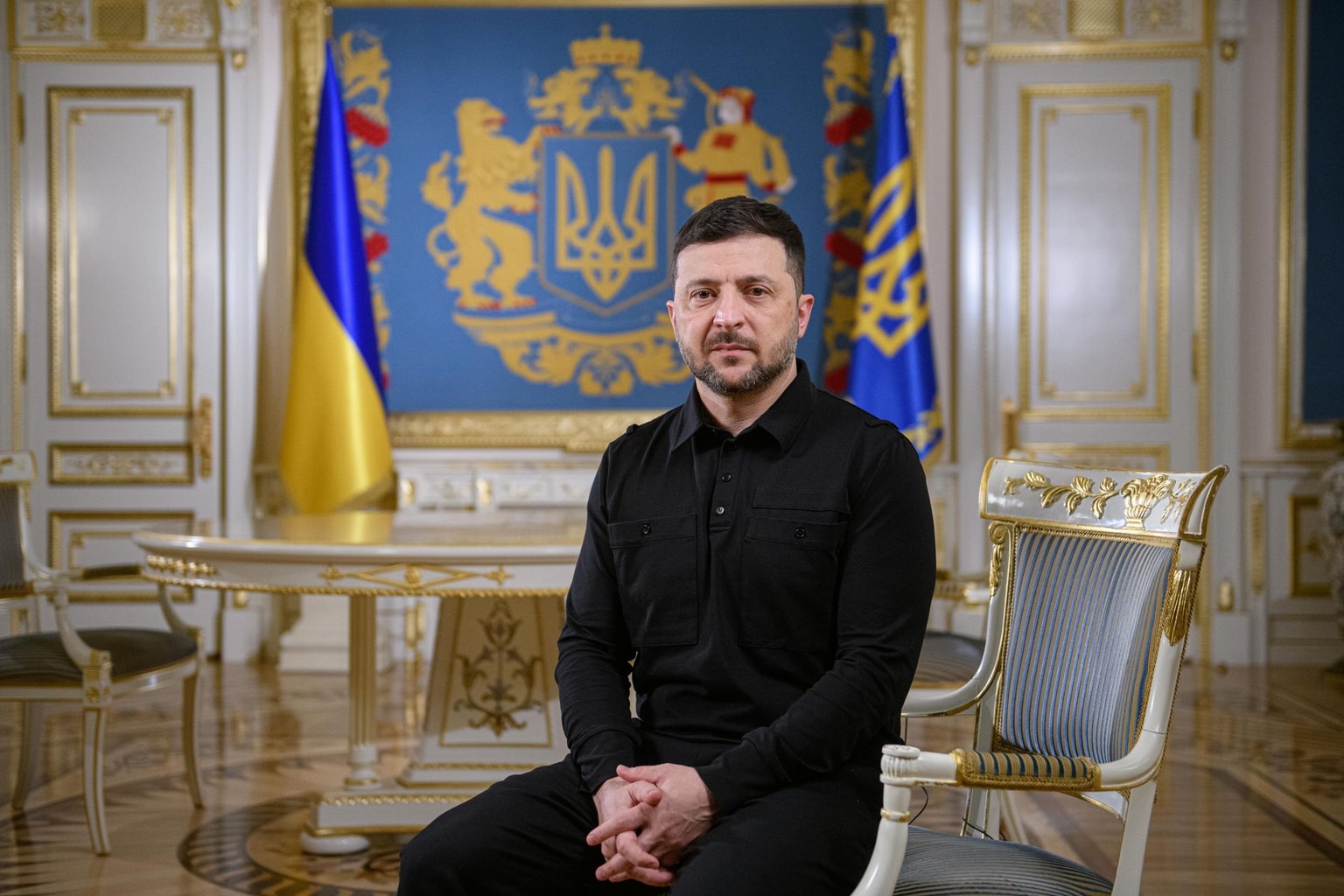A glance into Kherson’s underground resistance during Russian occupation

Editor’s Note: We don’t reveal the real names of the people interviewed for this story due to the sensitive nature of their activities that puts them in direct danger. In the story, names were assigned to them for storytelling purposes.
KHERSON – Kherson was liberated because Ukraine forced Russians to accept they could not hold the city with their dwindling supplies and growing body count.
Part of that was achieved by Ukrainian forces running the Russians ragged, continuously destroying their supply lines and command centers.
But an important role was also played by people who were inside Kherson during the occupation.
From sending targeting coordinates to assassinating ranking Russians and collaborators, Ukrainian informants and partisans made sure that the invaders never got too comfortable.
With Russians constantly on the hunt for partisans, it was extremely dangerous to be one. Many Ukrainians who did this kind of work were abducted, tortured, and even killed. Many remain in Russian hands somewhere on the other side of the Dnipro River, where Russian forces retreated in November.
The Kyiv Independent spoke with people in Kherson who took part in underground resistance work to varying degrees. They spoke of how partisans and other civilians did their work while hiding in plain sight, constantly waiting for a squad to kick down their doors. Many details, including their identities, have been deliberately omitted for their security.
“When a soldier gets wounded, he gets evacuated to a hospital,” said a man going by the name Doron, who coordinated a partisan cell in Kherson during the occupation. “Sabotage and reconnaissance types cannot retreat. You are already in a trap, surrounded by FSB and Russian agents. You have nowhere to run.”
Resistance activity in occupied Kherson took many different forms — including spreading Ukrainian symbols, spying on the Russians, smuggling in concealed weapons and using those weapons to kill the invaders.
Information about this kind of work is so limited and individual contributions were so varied, that overgeneralizing would be misleading, as would sorting resistance members into definitive categories.
Friendly fire could also be a concern.
“Partisan is a slippery term. When liquidating a person, you have to (be sure) not to blast one of your own. Any person in the structure of the occupier could be our agent,” said Doron. “Partisans can kill you, even if you are an agent.”
The quality of informants varied as well. “Kostiantyn,” who works in Ukrainian intelligence, said he received reports from many types of people ranging from street junkies to ordinary observant citizens, to more valuable sources like taxi drivers, employees of certain industries and people who worked among the occupation authorities.
For example, a woman identifying herself as “Masha," who worked for several days in Kherson's regional administration building during the occupation, said people would spy for Ukraine by leaving hidden recording devices in offices or meeting rooms.
Behind enemy lines
Doron was well-placed to become a guerilla and spy. Before the invasion, he was a comfortable Kherson native, with the appropriate background to do this kind of work and remain calm under pressure. He also knew a lot of different people in the city.
Before the full-scale invasion, he spoke to authorities about preparing for the Russians’ arrival. He said that visiting the local territorial defense recruitment office left him very underwhelmed.
“One guy was drunk. Another guy taped a knife to his leg with scotch tape,” he recalled.
According to Doron, Ukrainian intelligence left Kherson and other places poorly prepared to resist the Russians. Usually, when anticipating the possibility of captured territory and partisan resistance, hidden stashes of weapons and supplies should be prepared in advance.
"There were no weapons, explosives, nothing in the areas that would be occupied," said Doron.
He decided to put up resistance, in coordination with Ukrainian intelligence. When Russia invaded the city in early March, he stayed in Kherson, knowing that if he left and came back, it would arouse the Russians' suspicion. There were others, who would do the same. As the trap closed around them, some of them formed into cells.
"The main factor was having the balls," Doron said of the criteria for his cell’s recruitment. "My whole unit... was tested for courage and readiness."
One way to test someone's courage was to hand them a grenade and ask them to lob it into a building full of FSB operatives, he said. “They go to do it, you stop them.”
Courage was very much needed with the constant threat of arrest and interrogation hanging overhead. Russian operatives were known for various forms of torture, including extreme ones like attaching electrodes to the penis.
“Every day, you wake up at 4 a.m. and you wait for someone to come for you,” said Doron. “My neighbors were collaborators. I saw how the FSB went to the house across the street all the time. They would come and he (the neighbor) would already be waiting outside.”
Starting in March, when the city was captured, Doron said he would collect information from multiple sources and pass it onto Ukraine’s special forces, saying there could be up to five attacks per day that used the coordinates he passed on.
The observers spread out to constantly monitor the main routes for the arrival of Russian combat vehicles, especially the Antonovsky Bridge. This gave them a clear idea of what the Russians were bringing across the river and where they were doing it. They also found out where Russians would build pontoon bridges.
“I had one call at night: there are four Bayraktars in the air — what should they hit?” Doron recalled.
Because only Russian data networks were available on occupied land, partisans used VPN and secure apps like Signal to communicate. “Kostiantyn” said that sometimes the app Threema was also used.
“Kostiantyn” showed pictures that informants sent him through these apps, including targets’ cars, the remains of a bombed booth and some Google Maps screen grabs with addresses pointed out. In one picture, the target building was circled by a pink heart.
“They (Russians) didn’t like Signal,” said “Yuriy,” another Khersonian who smuggled weapons into occupied territory. “If they found Signal on your phone, you were a partisan.”
Doron and members of his group didn’t just sit at home in Kherson. Their assignments would send them to different corners of the occupied part of Kherson Oblast. For example, if an agent disappeared from contact, they would drive over to double-check their status.
They also had to transport weapons like grenade launchers and assault rifles, many of which were smuggled in from outside the occupied territory, donated or sold by private citizens. They were concealed inside personal vehicles in imaginative ways or buried under innocuous objects.
Weapon transporters had to be very calm and casual, when passing through the many Russian checkpoints along their way.
Every trip and meeting had to have a cover story, such as going fishing, visiting a friend to get drunk, or coming to help fix something. Each story required the correct props — fishing rods, packed food, liquor, power tools or whatever fit the narrative. When moving about, they left their work phones at home and carried burner ones, used only to access content that appeared inane and non-threatening like entertainment sites or internet porn.
Protecting main working devices was critical, as the FSB was very good at pulling any information it wanted off phones, even ones that had been smashed or in pieces.
Much of the prep work was in service to the more impactful partisan work of sabotage and assassination. Individual members of resistance cells had limited information by design and assassination work was also segmented for the same reason.
“Everything was divided up. One guy leaves an explosive at the property, a second guy watches it, a third guy puts it on the car,” said Doron. “The watcher then reports that the car is moving and the fourth guy then presses the button.”
The difficulty of eliminating someone was in direct proportion to their value. Top collaborators were protected by the FSB, often transported in armored vehicles, which were inspected for bombs, Doron said. But even less important targets could take some studying.
“You would look at how they move around, their lifestyle, whom they know. You look for a weak point,” said Doron.
The killings, either with assault rifles, bombs or targeted artillery, whittled down Russians and alleged collaborators throughout the entire occupation.
As an example, “Yuriy” said that his acquaintance in April gunned down blogger Valeriy Kuleshov, who was accused of pro-Russian views and working with top Russian collaborator Kyrylo Stremousov.
Stremousov himself, whom the Russians had made the deputy head of their occupation authority, died just as Russia was about to pull out of Kherson in November. The Russians’ official report was that he died in a car crash.
Doron said the most high-profile death in which he was involved was that of Lieutenant General Yakov Rezantsev, commander of Russia’s 49th Combined Arms Army. Doron’s cell got word that Rezantsev would be at the Chornobaivka airfield on March 25. The Ukrainian forces took him out with an artillery strike, according to presidential adviser Oleksiy Arestovych.
While Doron managed to last and evade capture, many people who did any kind of resistance work in Kherson weren’t so lucky. Doron said he had heard of people being tortured to insanity or death by the Russians.
Ukraine is working on setting these prisoners free.










